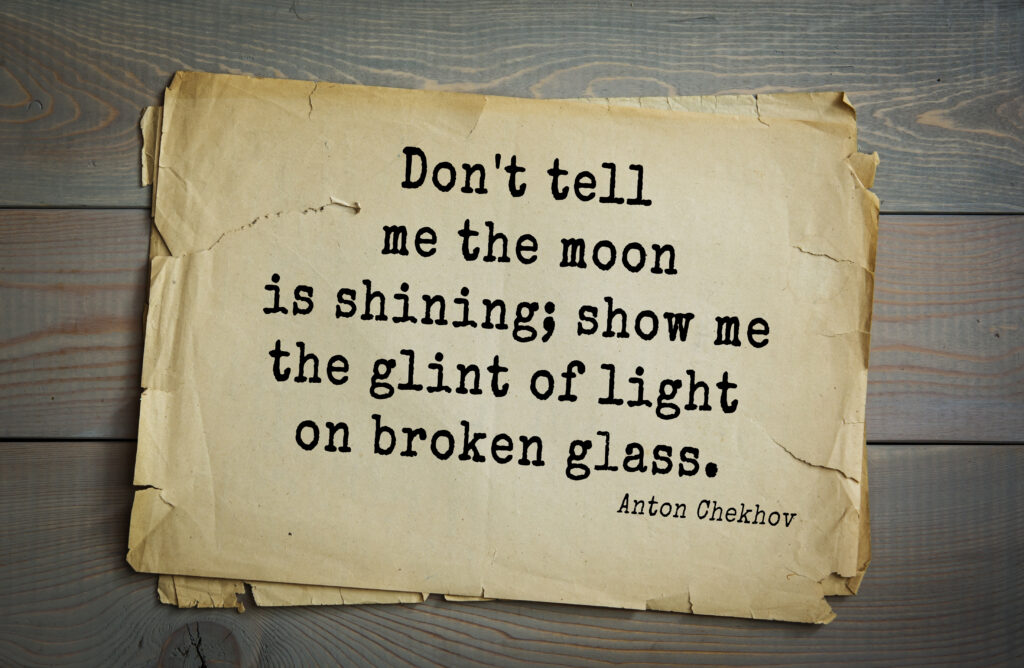How to Rock Vivid Descriptions
Whether you’re writing a fantasy, science fiction, or contemporary romance novel, vivid descriptions are essential to drawing readers into your world. But they don’t have to be boring! Check out these 11 tips on how I’m able to rock mine.
Why are Vivid Descriptions so Important?
Imagine being trapped in a blank room. No colors meet your eyes. Nothing breaks the unending silence. You reach out to the walls but feel nothing. You smell nothing, taste nothing. Now imagine being stuck there for hours on end. This is how your reader feels when your descriptions don’t grab them. They might plod on to read your novel. But more likely, they’ll drop it. No one likes spending that much time in a void. You need to focus on your description.

Rock Your Vivid Description Tip 1: Kill all Adverbs
If you haven’t read Stephen King’s book, On Writing, you should. He clearly explains why you don’t need adverbs. Personally, I’ve had editors talk to me about it in my own work. Adverbs undermine rich descriptions. Remember, the biggest job of an adverb is to describe a verb. I look at it as a red flag that you should either find a more descriptive verb or rethink how you wrote the sentence in the first place. You can’t get rid of every adverb out there but try this:
- Go to the Find/Replace feature in your writing program.
- Search for these adverbs first, as they are easy to get rid of:
- Just
- Very
- Next search for -ly. You’ll be surprised at how many of those little monsters you have in your story.
- See how many of those descriptions you can rewrite. Use the following tips to help you punch up your description.
Rock Your Vivid Description Tip 2: Use all Your Senses
Describing what we see is important. Sight is the sense that we tend to rely on most. But it isn’t our only sense. Smells are often linked to our memories, evoking emotions. Using hearing can also be used for mood. Is the wind whispering, moaning, singing, or shrieking through the trees? Touch doesn’t have to mean reaching out to feel something. It can describe the oppressive heat against your skin. Even taste can be used to trigger an emotion. Have you ever been so scared you have that almost metallic taste on the back of your tongue?
To help revise for sensory details, try this strategy:
- Take a section of your story that needs more punch in the descriptions. Pick a different color for each of the five senses. Whether your using a hard copy or are still on your computer, highlight that section with your colors. See what sense is missing or over-represented. Use that information to rework the description.
Rock Your Vivid Description Tip 3: Be Active, Not Passive
Active vs. Passive Voice. If this sounds at all familiar, you’re remembering an English teacher that you probably didn’t like, who chewed you out for something you didn’t understand. Basically, active and passive voice is like an active or passive person. If you’re active, you do things. If you’re passive, you let things happen to you. In active voice, the subject of your sentence is doing something. In passive voice, something is happening to the subject. Passive voice is wordy. It also feels removed, when you want your reader right there with you.
Here are some examples:
- Active
- The elephant ate the peanut.
- The teen drove the car.
- The cat scratched the dog.
- Passive
- The peanut was eaten by the elephant.
- The car was driven by the teen.
- The dog was scratched by the cat.

Rock Your Vivid Description Tip 4: Metaphors and Similes aren’t Just for English Class
Basic English class time again. Using any type of figurative language in your writing will heighten your descriptions, but metaphors and similes are particularly effective. If you’ve forgotten, this is when the writer compares two unlike things as being the same to make a point. Saying a character walks into a room like an emperor approaching his subjects paints a picture of a character who believes he’s better than everyone else, or one who believes he holds more power than anyone else.
Rock Your Vivid Description Tip 5: Remember, Characters Need Some Love Too
Balance is essential to rocking your descriptions. That means just as much time as you spend on creating a vibrant world, you need to spend even more time on your characters. And I don’t mean going into minute details about their appearance. What kind of people are they? Dig deep and show us who they are through their thoughts and actions.

Rock Your Vivid Description Tip 6: Allow Your Characters to be Quirky
Piggybacking on the last tip, don’t forget to give quirks to your characters. Go beyond the stereotypes. Think of the type of people you like to watch or listen to. They tend to be just a little different. They have little details that make them different than anyone else. This can mean your character has a few loose screws or that they love live music. Whatever it is, give them their own truths to live by.
For more on quirks, check out this reedsyblog.
Rock Your Vivid Description Tip 7: Don’t Be Cliche
You’d be surprised at how many times we fall into this trap. It’s easy to rely on characters that you’re used to, that have been popular in the past. But it’s way too easy to rely on the over-done tropes as an alternative to putting the hard work in yourself. But what are those cliche characters? Watch some parody movies (like Not Another Teen Movie). They tend to be filled with common cliche characters used for comic effect.

Rock Your Vivid Description Tip 8: Don’t Tell Me, Show Me
Most authors roll their eyes when they hear this phrase. And most are very good at doing this when it comes to describing settings and actions. The issue mainly happens with character description. Go back and look at how you introduce your main character. How are they acting? What are they saying and thinking? How do other characters react to them? Describing those interactions shows the reader what type of person they’re reading about without you telling them.
Rock Your Vivid Description Tip 9: Do You Really Need that Described?
Here’s where we talk about balance. There is such a thing as too much description. Don’t describe every little thing. If it doesn’t affect the plot, it doesn’t need a long description. While you want enough details to immerse your reader in your story, you don’t want to drown them. So, be selective when you go into a deeper, more striking description.

Rock Your Vivid Description Tip 10: Emotions are Essential
Now let’s talk about one of the most important jobs of description, to create emotions in the reader. Vivid descriptions of the setting help create the mood. Describing the characters creates an emotional connection. If you want your reader to laugh, cry, flinch, or shiver, you must have a strong description.
Rock Your Vivid Description Tip 11: Dialogue can be Description, Too
One thing we often forget is that dialogue can be a form of description as well. What a person says and how they say it can give you a glimpse into the type of person they are. It’s a way of showing character traits without just telling. A bold declaration can tell you as much or more about a person than a description of his or her clothing choices.

Final Thoughts about Descriptions
Hopefully, these tips and strategies will help you to really rock your descriptions. If you’d like more information on vivid descriptions, check out this Master Class article. And feel free to share your own strategies in the comments.






